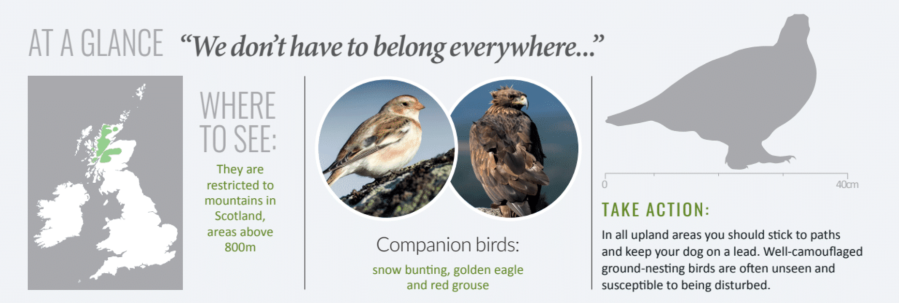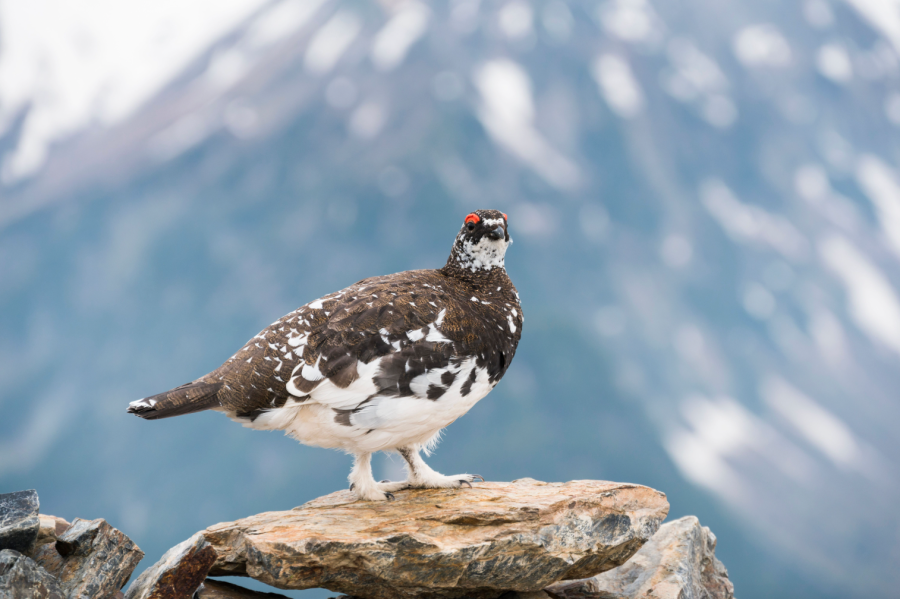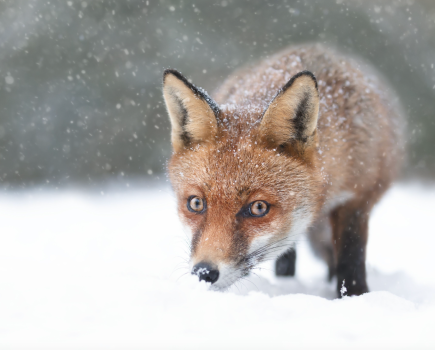Main image: The croaking Ptarmigan should be a mountain mainstay | Credit: Rock Ptarmigan / Shutterstock
They are the bird of the mountains. That’s not even an exaggeration. They are suspended permanently by incline, raised up into the clouds like rain that never falls. Ptarmigans are a large bird in the grouse family and, like other grouse, they never stray far from where they hatched, restricted by their preferred habitat and preference not to travel long distances.
They are so exquisitely camouflaged. Their plumage in Spring and Summer is granite and lichen with snow patches caught between rocky crevices. Ptarmigan must be the best example of a bird having cryptic plumage.
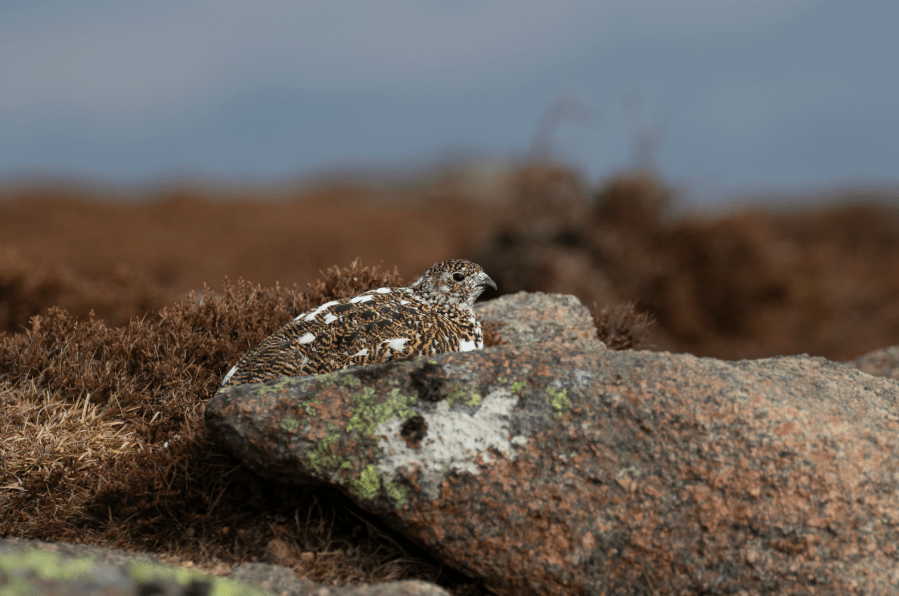
I say that not just because my first attempt to see them resulted in failure. This failure was made worse by the fact the Norwegian hitchhikers we picked up had excitedly showed us their holiday pictures. Not birders themselves, they still snapped some very pretty birds they saw just meters from the path: our Ptarmigans.
It is their ability to survive in freezing cold temperatures that I can’t quite get my head around. Even though they are adapted for it, it still amazes me, especially given the layers of technical clothing we rely on for protection. That said, the Ptarmigan does have the perfect kit. As Autumn arrives they begin to moult, the grey and brown plumage that kept them hidden amongst the rocks is replaced by pure white snowflake feathers which keep them well insulated.
Perhaps the most excellent thing about them is that this redressing for winter extends to their toes. White snowboot feathers keep their feet warm and look so cool.
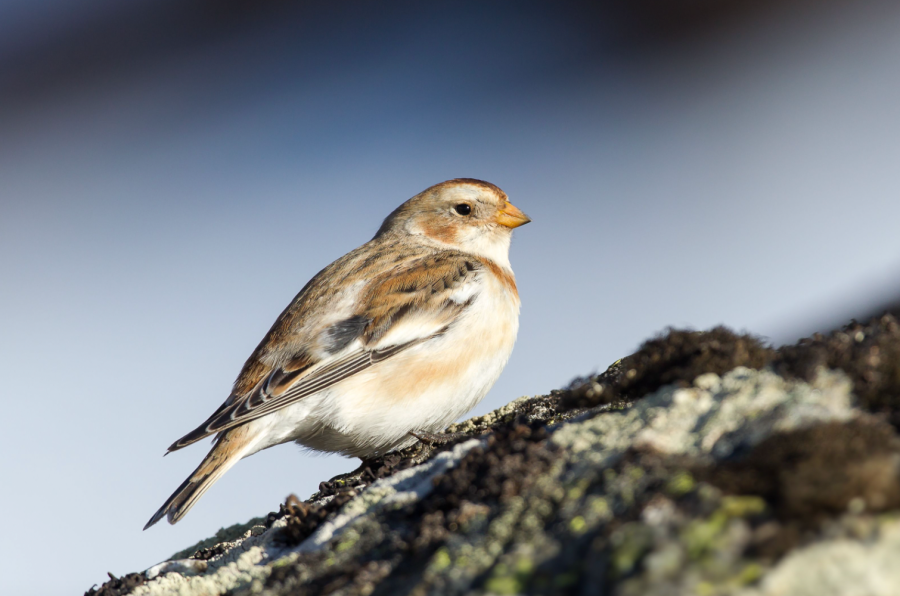
As with so many of our bird species, they’re not doing so well. Ptarmigans are restricted to living above the tree line – and in the UK that doesn’t equate to a lot of places. Climate change means this habitat is getting smaller still. That goes for all alpine specialists, plants included. As the UK warms, other species can move higher up. It’s thought that mammals previously absent from this altitude can reach new heights, and that means new Ptarmigan-shaped meals.
The camouflage that helps them hide from predators becomes a flag to predators. Snow-white feathers are no use when the snow doesn’t come, their adaptations for survival instead causing the ptarmigan to stick out like a sore thumb.
Overgrazing by sheep is another reason as they compete for the same food. It is particularly frustrating therefore, that it is still legal to shoot Ptarmigan. They are ‘fair game’. If you have the will and the means to blast them out of the sky, you can between August and December.
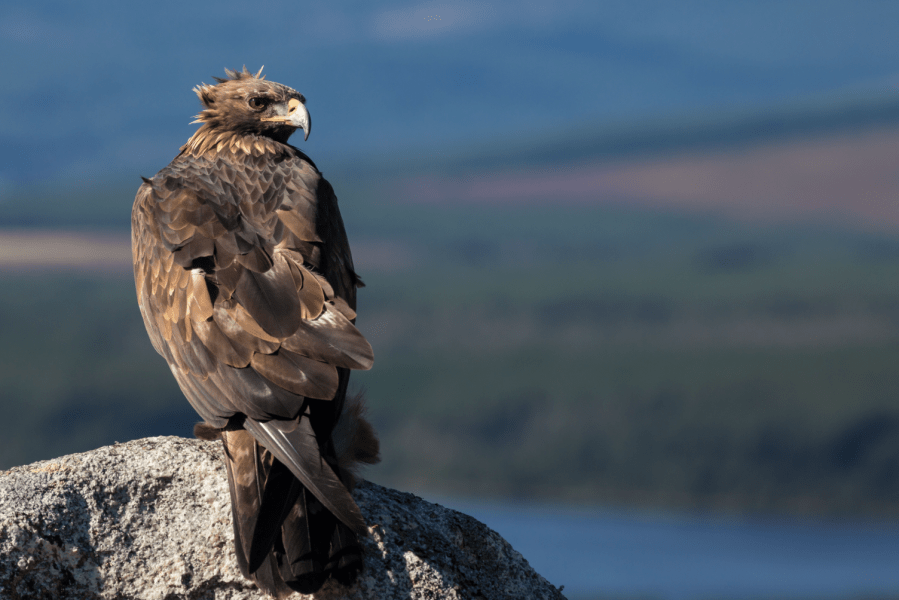
I imagine that when we’re asked to think about a bird that matches the majesty of mountains or has survivability in a hostile terrain, we’d think of something that soars, probably with talons. The Ptarmigan reminds us that it is not just wingspan and strength that deserves our sense of awe. They remind me that difference is good, we don’t have to belong everywhere, sometimes we just have to know what’s good for us and stick to it. It says a lot about me that the bird I mostly align with is the loud and ubiquitous Blackbird, so I’m impressed by birds that fit snugly into their ecological niche.
